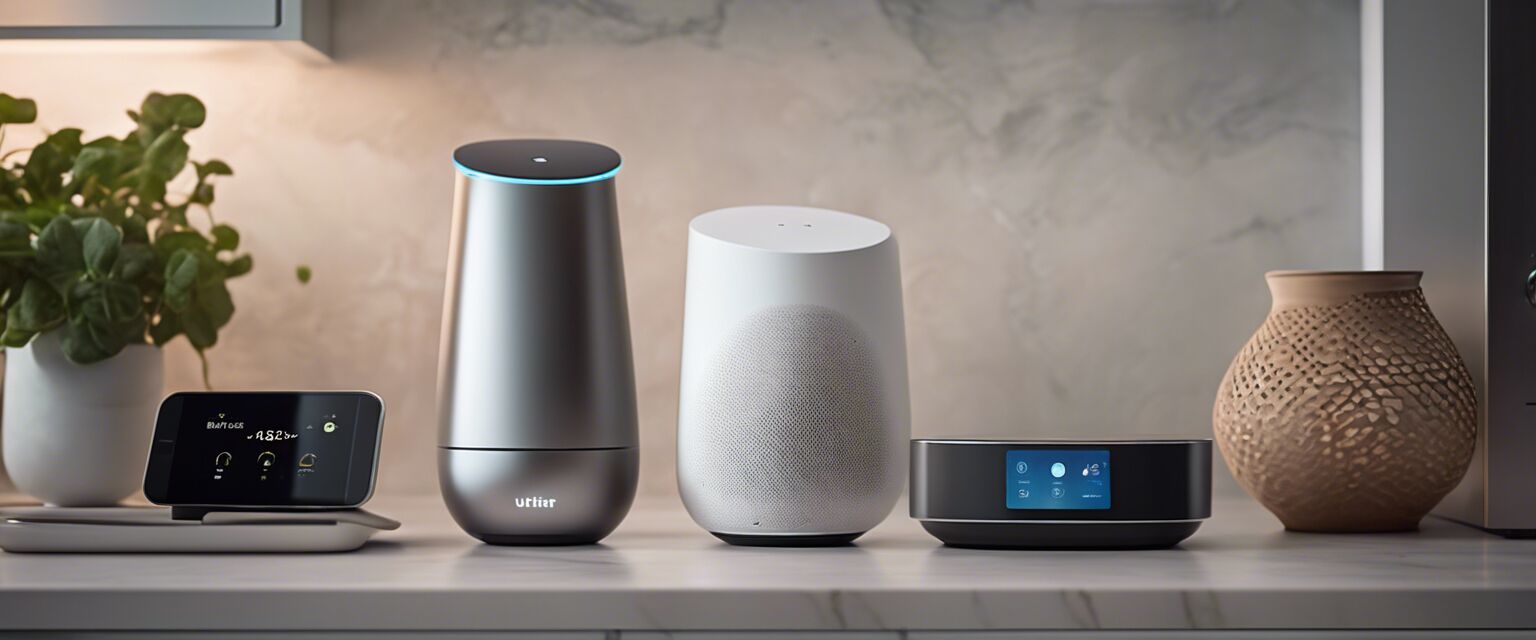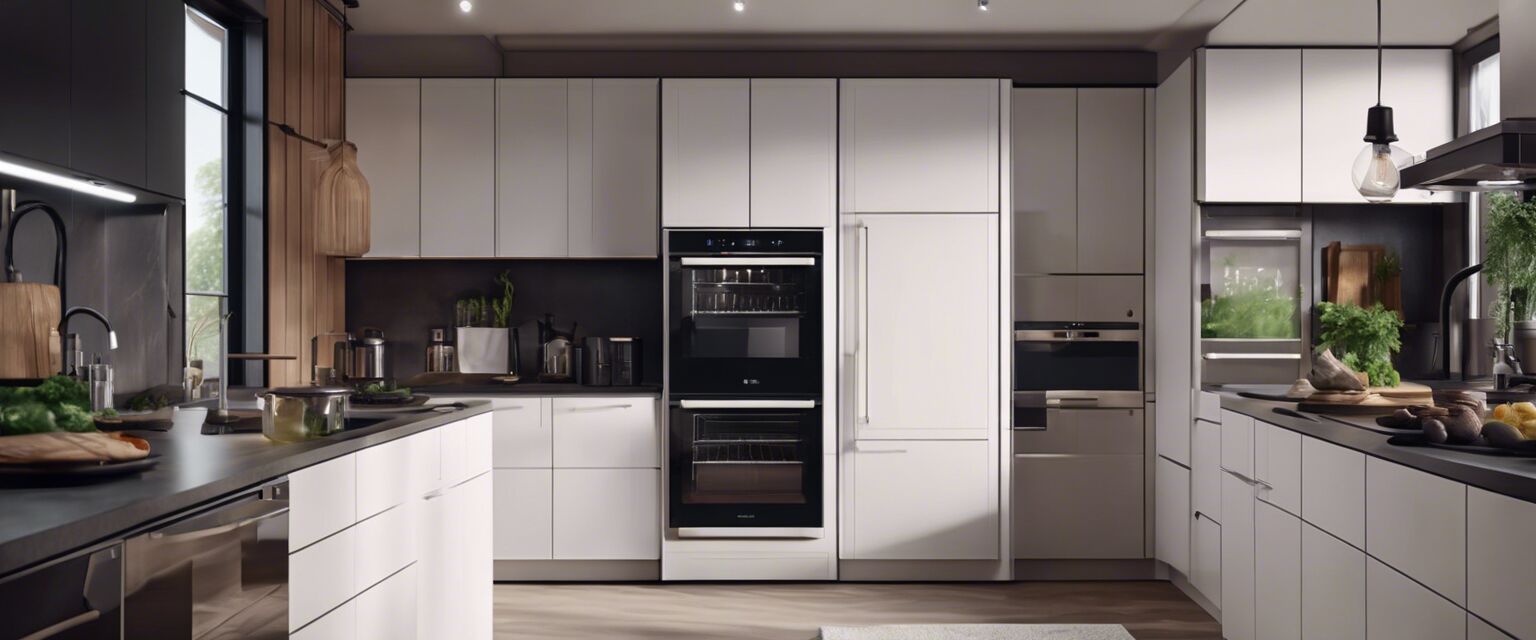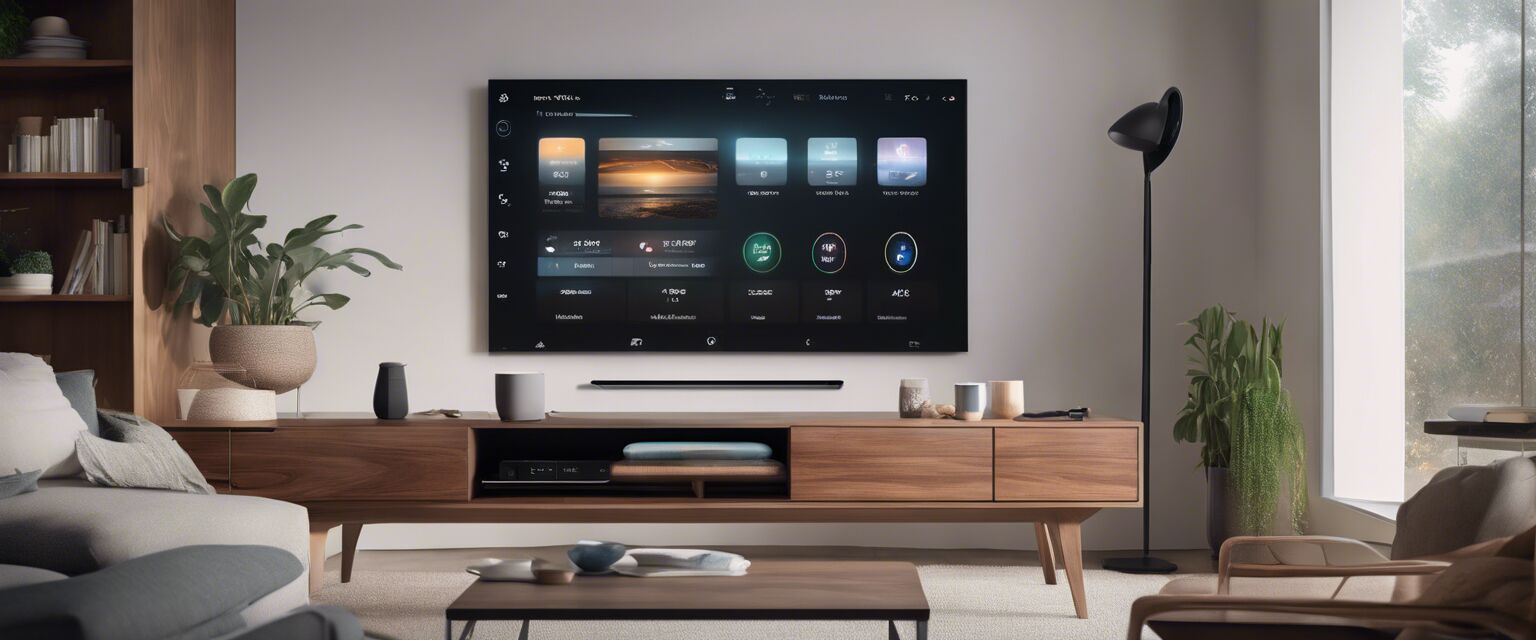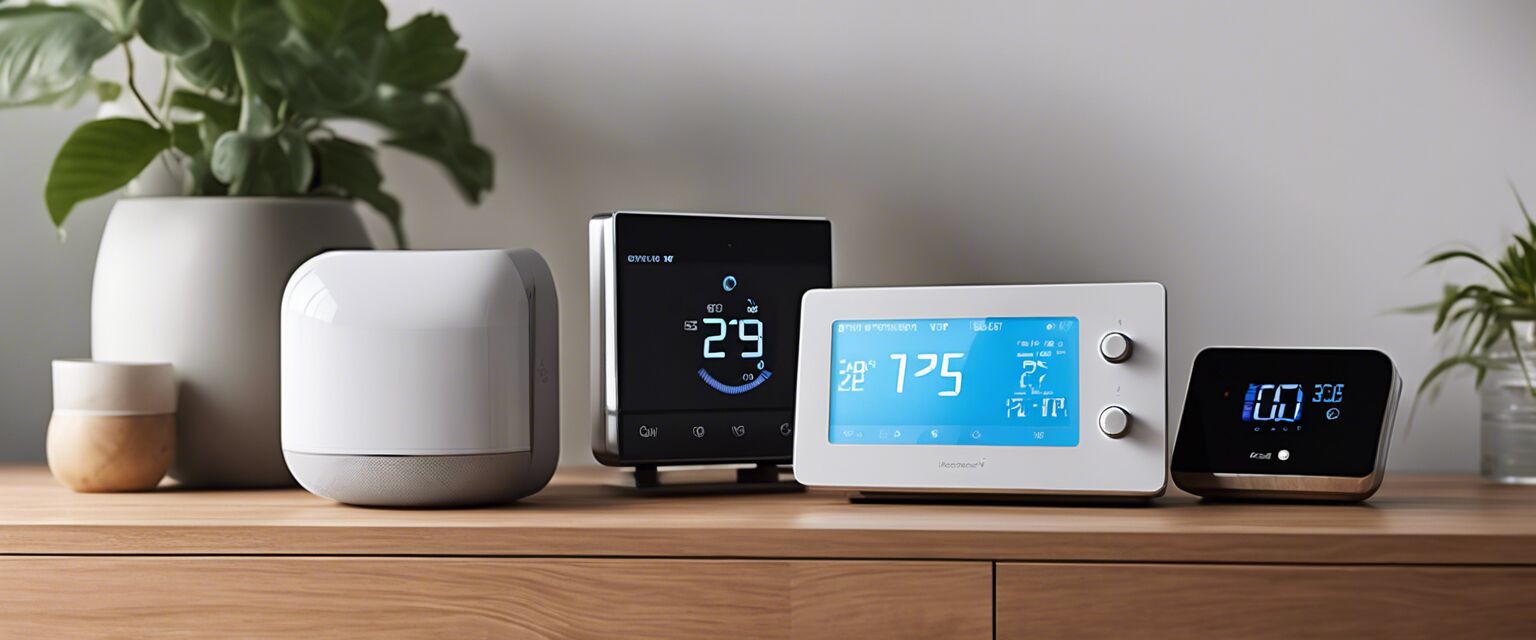
Smart Home Assistants
Key Takeaways
- Smart home assistants are voice-activated devices that simplify home management.
- Popular options include Amazon Echo, Google Home, and Apple HomeKit.
- They offer integration with various smart home devices for enhanced control.
- Smart assistants provide convenience, energy savings, and increased security.
- Understanding compatibility and features is key when choosing a smart assistant.
The evolution of technology has brought us the convenience of smart home assistants, which are designed to make our daily lives simpler and more efficient. From controlling lights and thermostats to setting calendars and checking the weather, these voice-activated devices provide a central hub for managing your smart home ecosystem.
What is a smart home assistant?
A smart home assistant is an AI-driven device that allows users to perform various tasks using voice commands. These commands are understood by the assistant's integrated software, granting users the ability to communicate with their smart devices more naturally.
Popular smart home assistants
| Assistant | Compatibility | Features |
|---|---|---|
| Amazon Echo | Alexa ecosystem, various smart devices | Music control, information retrieval, skills integration |
| Google Home | Google Assistant, smart devices via Google Nest | Search engine access, playlist management, home control |
| Apple HomeKit | Apple devices, compatible smart devices | Siri integration, secure connections, home automation |
Amazon Echo
Amazon Echo devices use Alexa to manage tasks and control connected devices. Alexa's skills allow it to perform thousands of tasks, from controlling smart lights to playing music.

Google Home
Google Home assistants are designed to work with Google services, making them great for retrieving information and controlling smart devices. Their deep integration with Google apps enhances user functionality.

Apple HomeKit
Apple HomeKit stands out for its focus on privacy and security. Users can communicate with a wide range of compatible devices using Siri, Appleâs voice assistant.
Why use a smart home assistant?
Smart home assistants streamline everyday tasks, providing household efficiencies and energy savings. Below are some notable benefits:
- Control smart devices hands-free.
- Manage schedules and reminders effortlessly.
- Enhance home security with monitoring options.
- Reduce energy usage through automation.
Integrating smart home assistants
Integration is crucial for maximizing the potential of your smart home assistants. Below are various types of smart devices that work seamlessly with smart home assistants:
| Device Type | Functionality |
|---|---|
| Smart Lights | Control lighting remotely and set moods using voice commands. |
| Smart Thermostats | Automatically adjust temperature based on your preferences. |
| Smart Plugs | Turn traditional devices into smart devices for remote control. |
Choosing the right smart home assistant for you
When selecting a smart home assistant, consider the following:
- Compatibility with existing devices
- Voice recognition and responsiveness
- Security features
- Available integrations with other smart home technologies
Pros
- Hands-free operation for convenience.
- Support for a wide array of devices.
- Constant software updates for new features.
- User-friendly interfaces.
Cons
- Privacy and data security concerns.
- Dependence on stable internet connectivity.
- Initial setup can be complex for some users.
Getting started with your smart home assistant
Beginner's Tips
- Start with one device and gradually expand your smart home ecosystem.
- Make use of setup tutorials for a smoother installation.
- Explore voice command functionalities to maximize efficiency.
- Regularly check for software updates to ensure optimal performance.
Future of smart home assistants
As voice technology advances, we can expect smart assistants to become even more integrated into our daily lives. With enhancements in artificial intelligence and machine learning, these devices will offer more personalized and versatile features, making them an essential part of modern households.
Conclusion
Smart home assistants are transforming the way we interact with our living spaces. Providing convenience, control, and security, these devices continue to evolve and improve. By understanding the options available and how to maximize their use, you can make the best of smart home technology!








